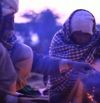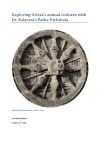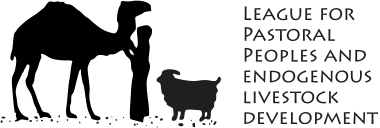Workshop on Biocultural Protocols in Nairobi, 28th-30th November
In order to introduce the concept to a wider audience and discuss existing experiences, LIFE Network Africa and LPP are hosting a Workshop on Bio-Cultural Protocols: An Emerging Approach to Strengthening Livestock Keeping Communities.
Deadline for registration is November 15th
Film on marketing camel products

LPP project coordinator, Ilse Koehler-Rollefson, and director of LPP’s Indian organization Lokhit Pashu-Palak Sansthan, Hanwant Singh Rathore, describe efforts to market products such as camel milk and paper made from camel dung.
View film on YouTube.
Exploring Orissa’s animal cultures

The eastern Indian state of Orissa has a wealth of local livestock breeds, LPP’s Ilse Koehler-Rollefson has learned. She visited farmers who raise Ghunsur cattle and goats, a group of nomadic pig herders, and duck keepers near the coast.
She also took part in a “roadside university“, or pathe pathshala, run by Balaram Sahu, a veterinarian from Orissa, to discuss livestock health and management with local people.
Ilse Koehler-Rollefson. 2011. Exploring Orissa’s animal cultures with Dr. Balaram’s pathe pathshala. League for Pastoral Peoples and Endogenous Livestock Development.
Balaram Sahu. 2011.
- Go to the previous page
- 1
- …
- 39
- 40
- 41
- 42
- 43
- 44
- 45
- …
- 86
- Go to the next page
